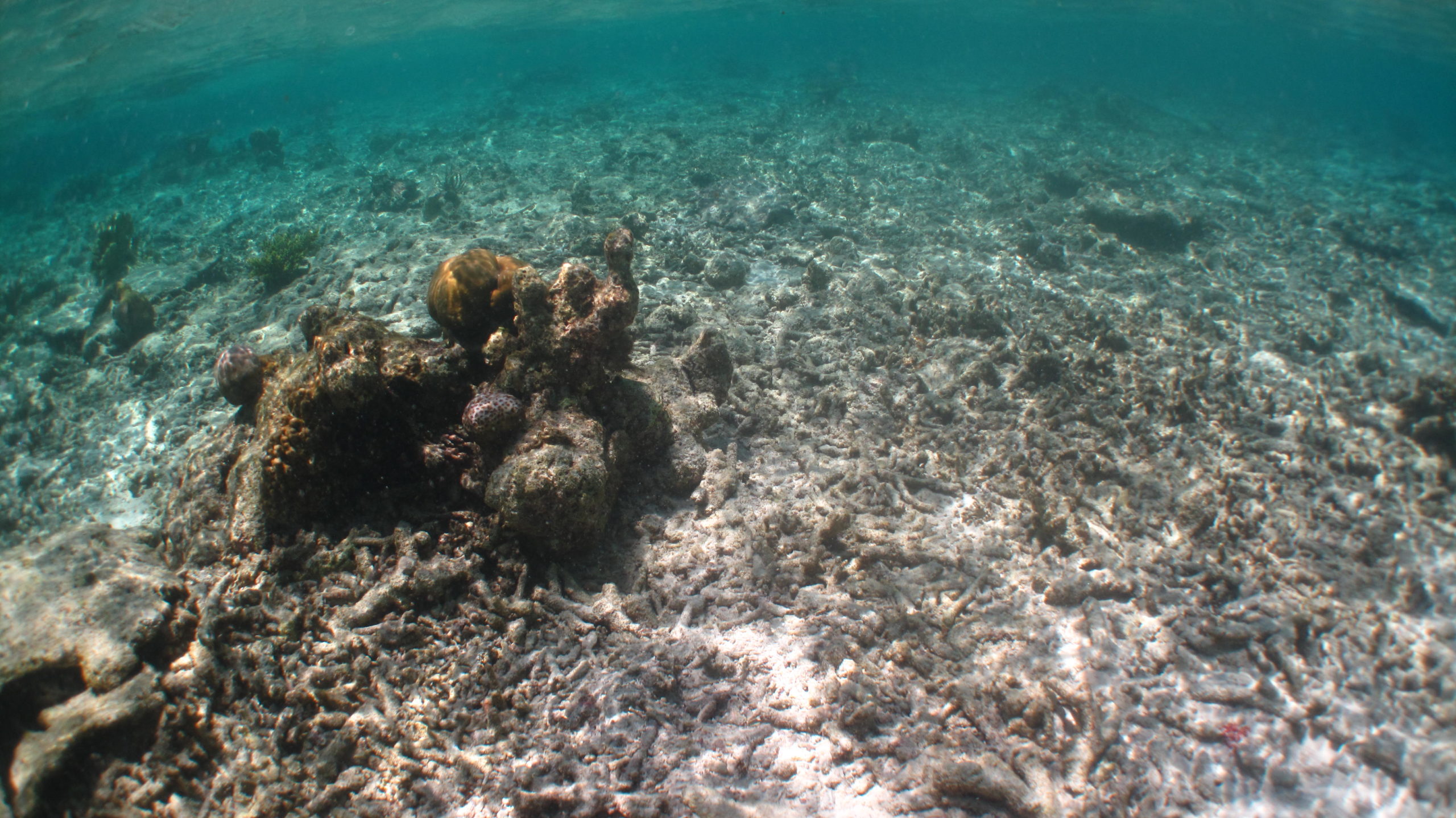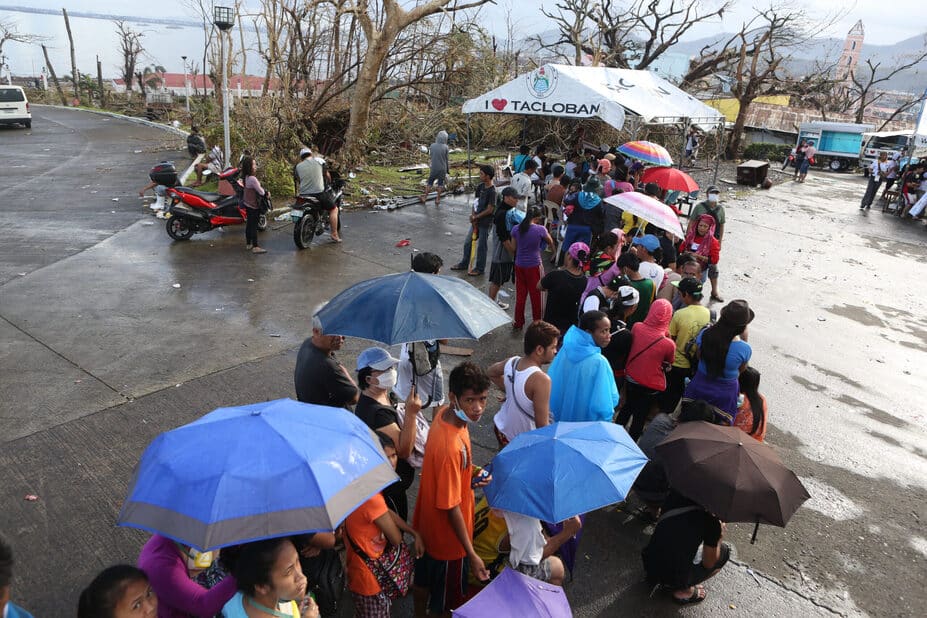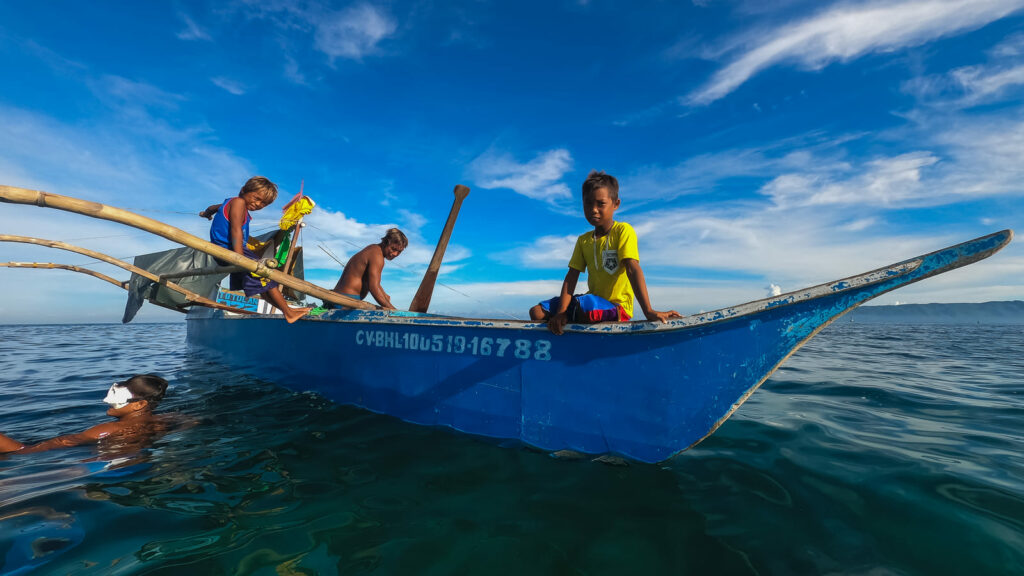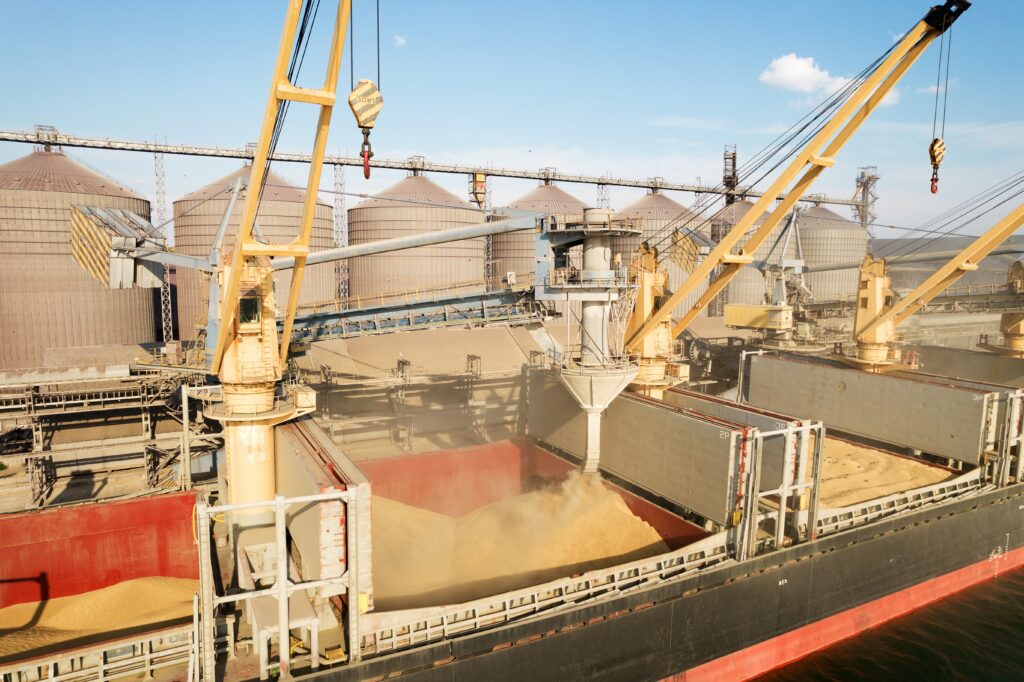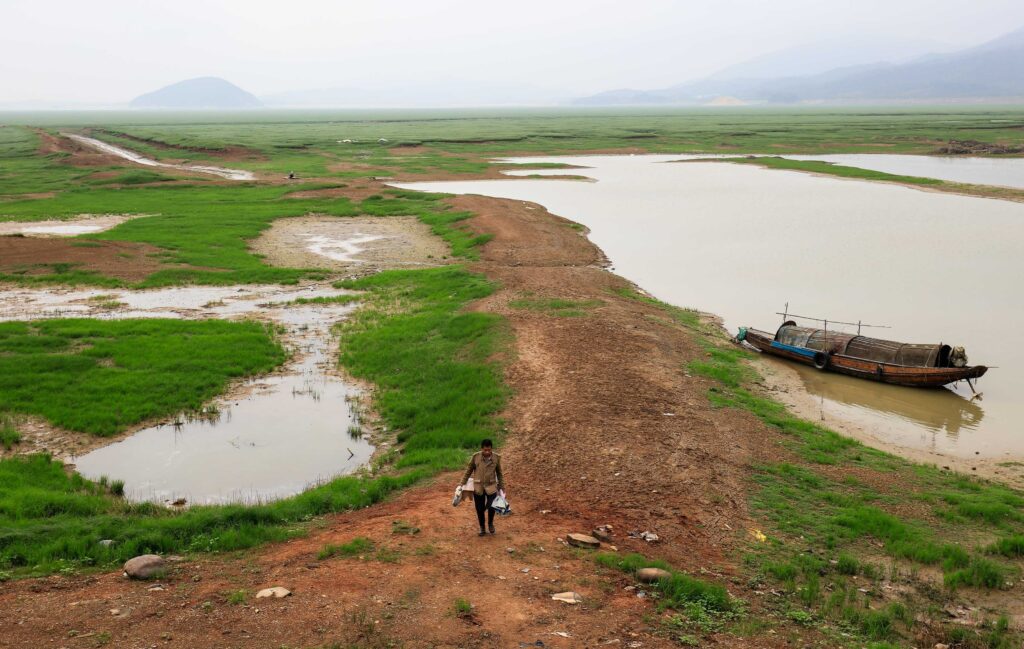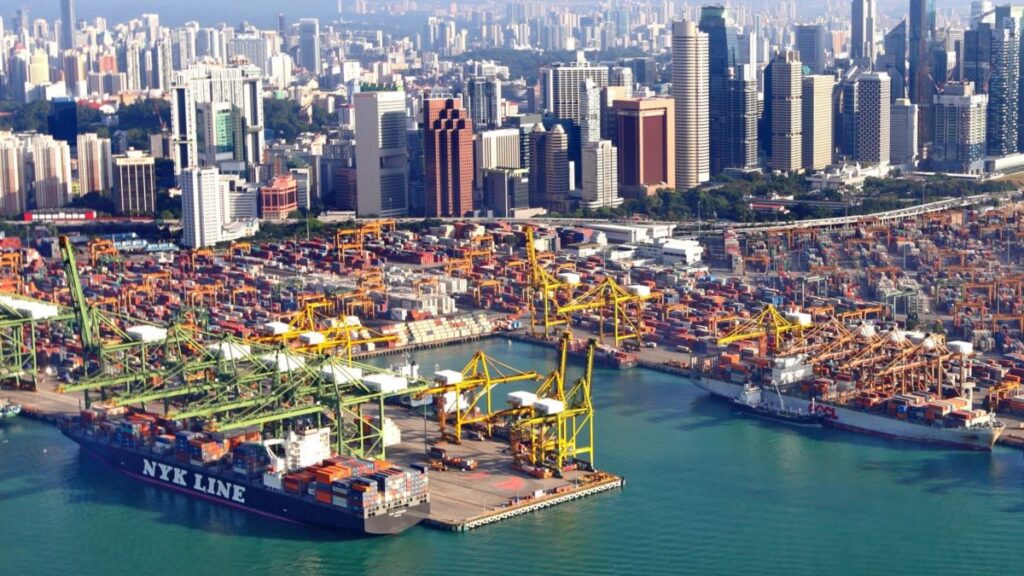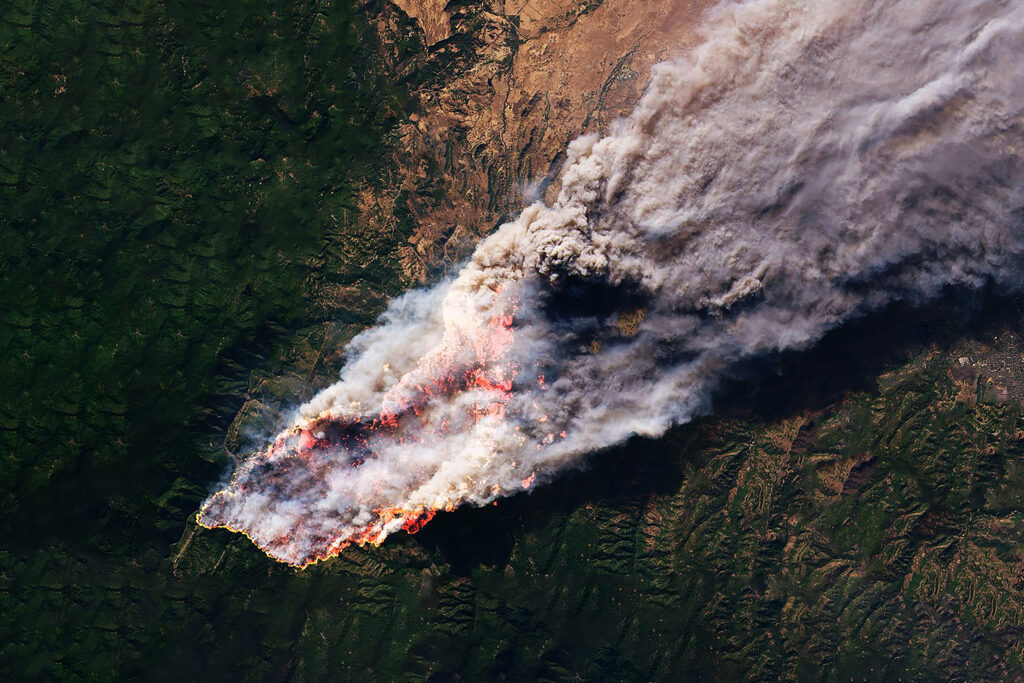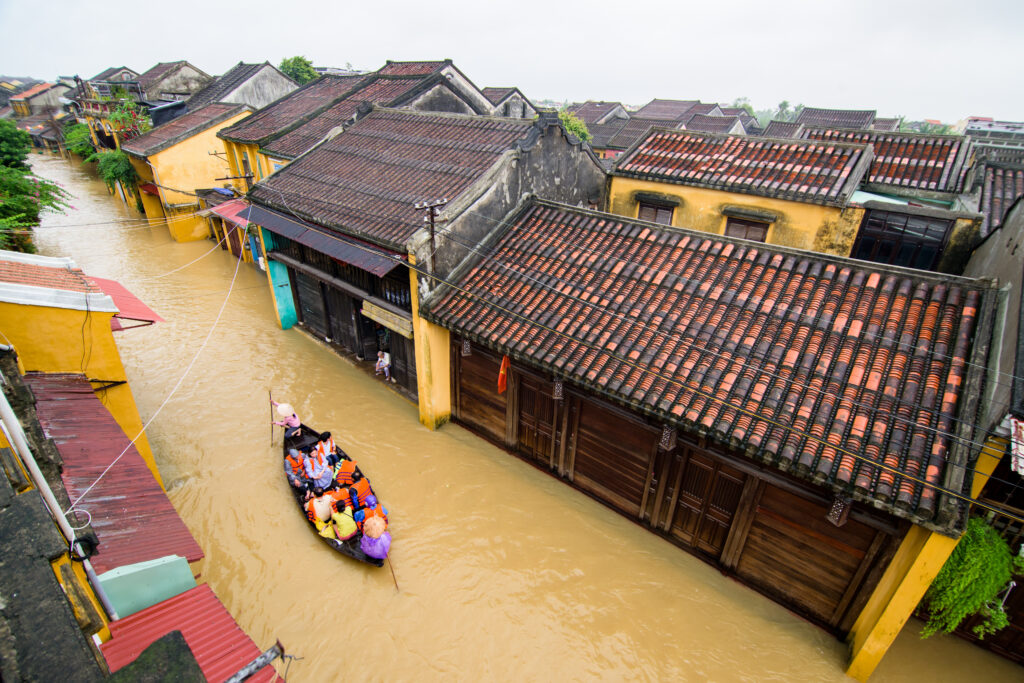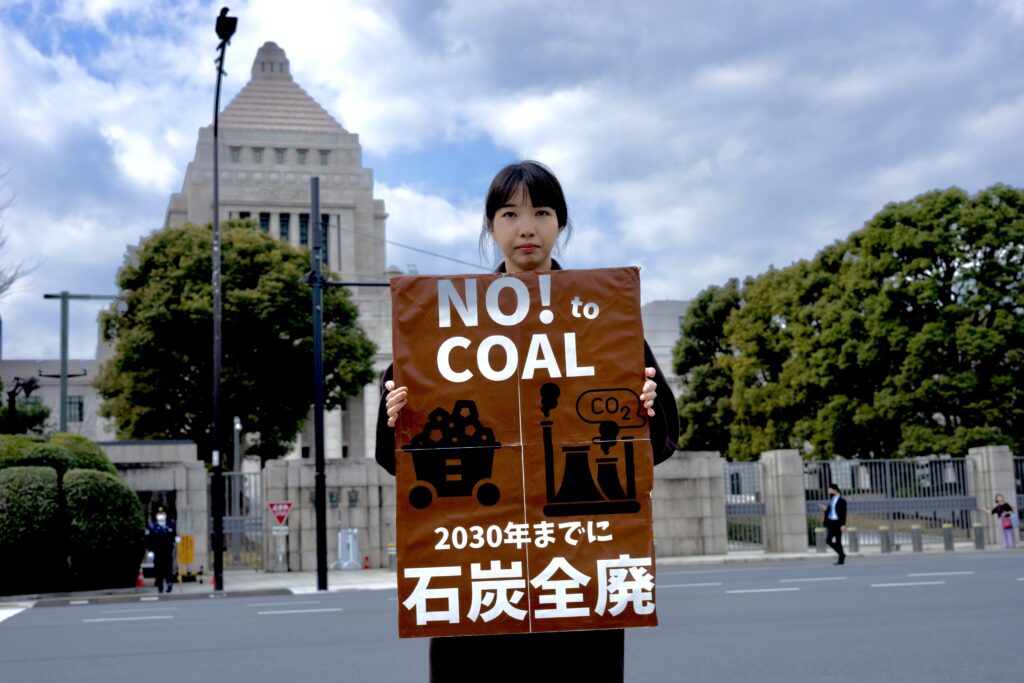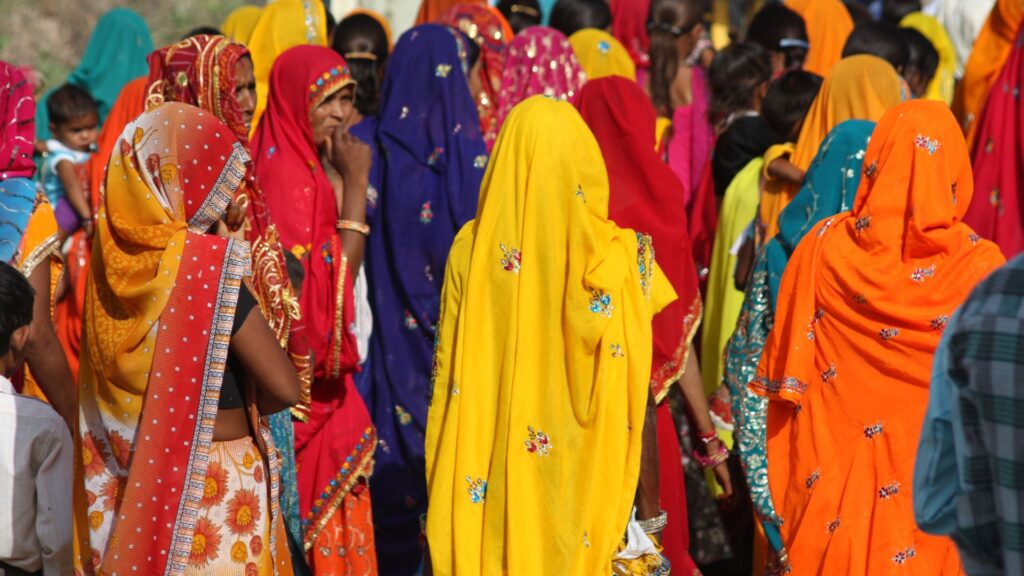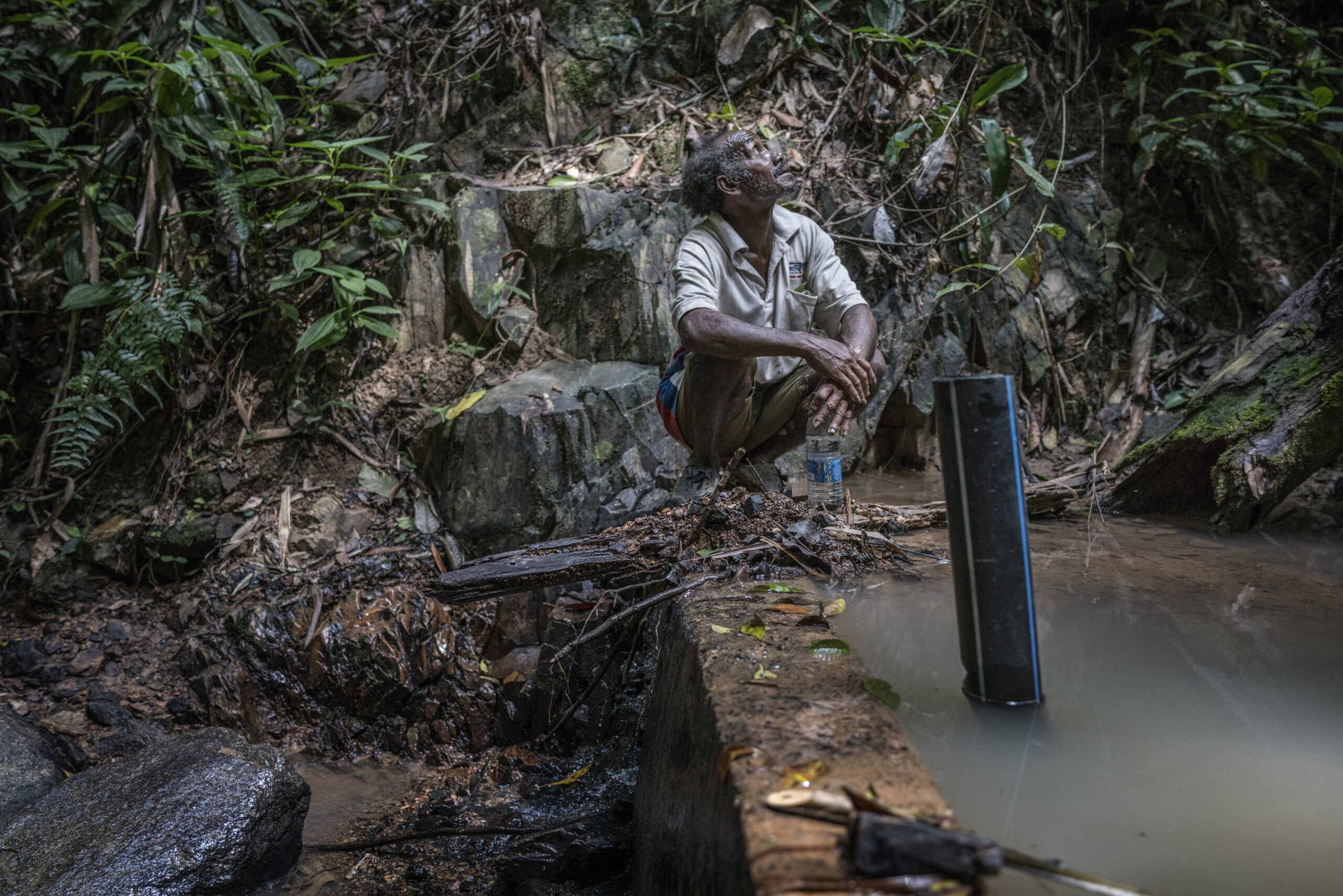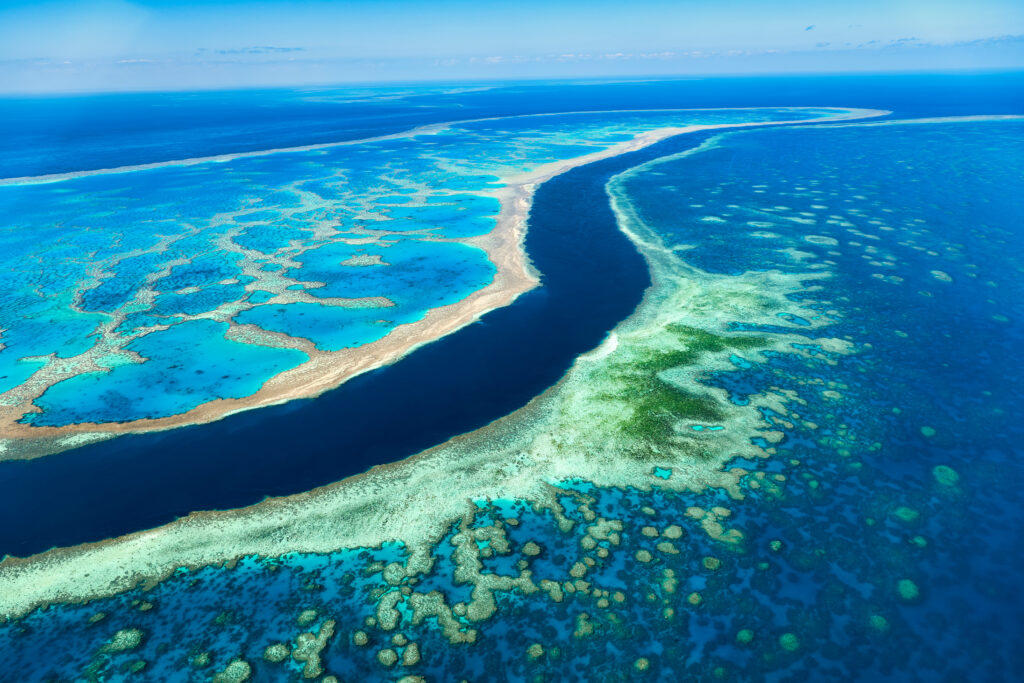Climate change in Indonesia is a present reality that demands urgent action. As the world’s largest archipelago nation, Indonesia is uniquely vulnerable to a variety of climate hazards, placing it in the top third of countries at risk from climate change. These challenges have profound social, economic and environmental implications, not just for Indonesia but also for neighbouring countries in Asia.
How Is Climate Change Affecting Indonesia?
Climate impacts in Indonesia manifest in multiple ways, affecting both coastal zones and inland communities. These shifts range from rising sea levels that endanger major cities to erratic weather patterns that disrupt agricultural cycles. In each case, the environmental changes underscore the nation’s climate vulnerabilities and have far-reaching consequences for socioeconomic stability.
Sea Level Rise and Coastal Flooding
Global data indicates that sea levels could rise by up to 0.6 metres by 2100, while local data indicates a yearly coastal sea-level increase of 0.5 centimetres. Coastal cities such as Jakarta face compounding issues of frequent flooding and land subsidence. As a result, Indonesia is moving its capital from Jakarta to Borneo, a move that will cost over USD 35 billion. In the near term, repeated flooding also disrupts businesses, displaces millions of people and can lead to substantial economic losses estimated to top USD 37 billion by 2050.
Extreme Weather Events
In recent years, shifting monsoon patterns have resulted in unpredictable rainfall, leading to both intense storms and prolonged dry spells. These disasters strain emergency services, disrupt key infrastructure and cause significant economic setbacks. Furthermore, extreme rain events can create landslides, which imperil agriculture and public health when drainage systems become overwhelmed.
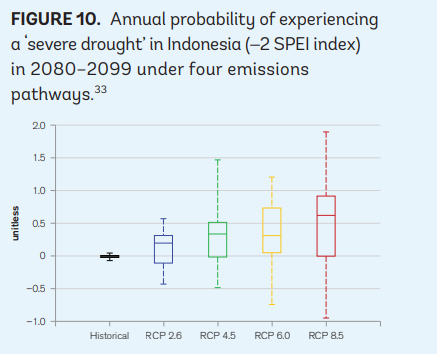
Without change, projections indicate that the number of days with extreme heat may reach 300 days per year by 2080 if there is minimal climate mitigation. This will further stretch local resources and is a significant risk for public health.
Agriculture and Food Security
Agriculture remains a cornerstone of Indonesia’s economy, accounting for around 16% of the country’s GDP. With staple crops like rice and commercial crops such as palm oil playing vital roles in food security and export revenues, a decline in productivity is a significant risk for the 40 million people employed in the industry.
However, shifting rainfall patterns and rising temperatures can hamper agricultural productivity. Without targeted adaptation measures, crop yields of crops like avocado, coffee and palm oil could decline 47% by 2050. Overall, this will have major implications for the country, and studies indicate that vulnerable populations, like children, will see an increasing malnutrition rate.
Biodiversity and Ecosystem Loss
Indonesia is renowned for its lush rainforests and diverse marine habitats. This drives a major part of the country’s tourism economy, which is valued at USD 67 billion and employs over 12.5 million people. Additionally, it provides countless ecosystem services that the country relies on.
Unfortunately, warming ocean temperatures and acidification pose risks to coral reefs, which are vital breeding grounds for marine life. Coral bleaching episodes in Indonesian waters are rapidly increasing, and the number of coral reefs in poor condition has doubled since 2015. On land, deforestation and habitat fragmentation further imperil endemic species like orangutans and Sumatran tigers, compounding biodiversity loss and weakening ecosystems already under strain from a changing climate.
In a worst-case scenario, more than half of Indonesia’s coral reefs will face bleaching every year by 2044, creating countless knock-on effects from decreased fish catch to larger storm surges.
Causes of Climate Change in Indonesia
Indonesia’s rapid economic development has led to growing energy demands and extensive land-use changes. These factors contribute significantly to greenhouse gas emissions, ranking Indonesia among the top global emitters.
Deforestation and Land-Use Change – Greenhouse Gas Emissions
Large-scale forest clearance for palm oil plantations, logging and other agricultural expansions is a leading source of greenhouse gas and carbon emissions. In fact, these land-use changes account for over 50% of the country’s cumulative emissions over the last 20 years. Over the same period, Indonesia saw a 19% decline in tree cover.
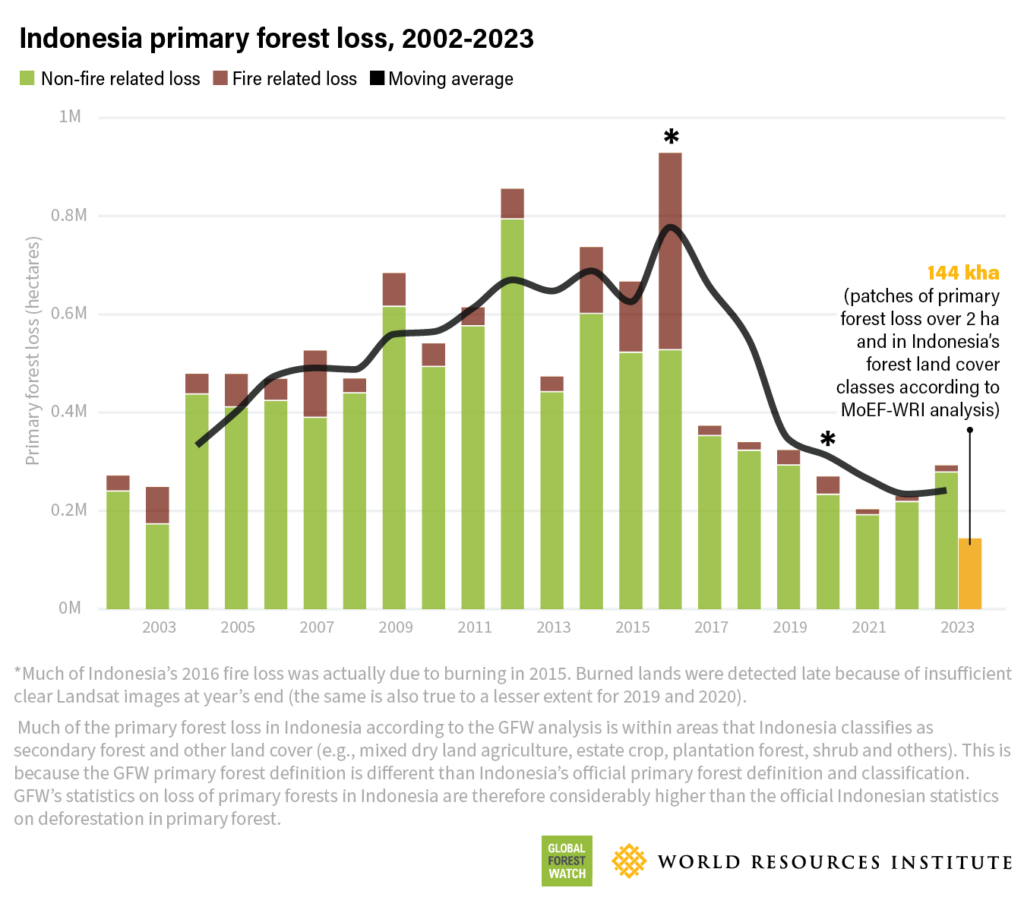
Moreover, draining peatlands for agriculture triggers fires that release vast amounts of carbon dioxide emissions, exacerbating pollution and contributing to regional haze. This not only hastens climate change but also undermines biodiversity and local livelihoods reliant on healthy forests.
Reliance on Fossil Fuels
Coal and oil continue to dominate Indonesia’s energy mix despite government pledges to expand renewables. Coal accounts for the country’s largest share of electricity generation at 66% and total energy production at 36%.
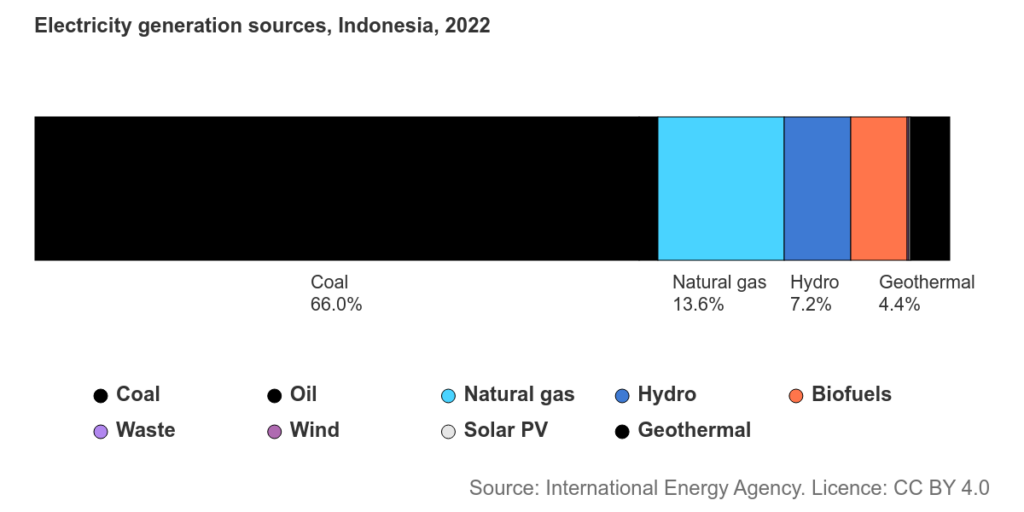
While the government aims to increase the share of clean energy sources, policy delays and infrastructure challenges have slowed progress. These factors, combined with rising energy demands, make transitioning away from fossil fuels a significant hurdle in reducing emissions.
Rapid Urbanisation and Transportation
Indonesia’s booming urban centres, such as Jakarta and Surabaya, face mounting transportation demands. Private vehicle ownership is rising, and inadequate public transport systems contribute to road congestion, higher fuel consumption and increased greenhouse gas emissions. This is intensifying air quality issues and carbon output. This urban sprawl heightens reliance on fossil fuels and complicates efforts to introduce more sustainable mobility solutions.
How Indonesia Can Limit the Impacts of Global Warming and Tackle the Climate Crisis
Global warming in Indonesia has far-reaching consequences for its communities, infrastructure and breathtaking biodiversity. At the same time, efforts to limit these impacts are already underway. Government-led programs, such as mangrove restoration and flood control, are helping coastal regions adapt, while international funding has accelerated community-based resilience initiatives. However, stronger policies to mitigate future risks, such as scaling up renewable energy projects and enforcing forest protection laws, remain critical to ensure long-term sustainability. Indonesia has to invest more in renewable energy to reduce greenhouse gas emissions and achieve net-zero emissions.
These adaptive and mitigative strategies require collaboration among government agencies, private enterprises and local stakeholders. Moreover, decision-makers and sustainability professionals across Asia have a pivotal role to play in promoting such science-driven solutions and forging cross-border alliances. Ultimately, tackling climate change in Indonesia will serve not just local interests but also help safeguard the region’s future.
Eric Koons
Writer, United States
Eric is a passionate environmental advocate that believes renewable energy is a key piece in meeting the world’s growing energy demands. He received an environmental science degree from the University of California and has worked to promote environmentally and socially sustainable practices since. Eric has worked with leading environmental organisations, such as World Resources Institute and Hitachi ABB Power Grids.
Eric is a passionate environmental advocate that believes renewable energy is a key piece in meeting the world’s growing energy demands. He received an environmental science degree from the University of California and has worked to promote environmentally and socially sustainable practices since. Eric has worked with leading environmental organisations, such as World Resources Institute and Hitachi ABB Power Grids.

